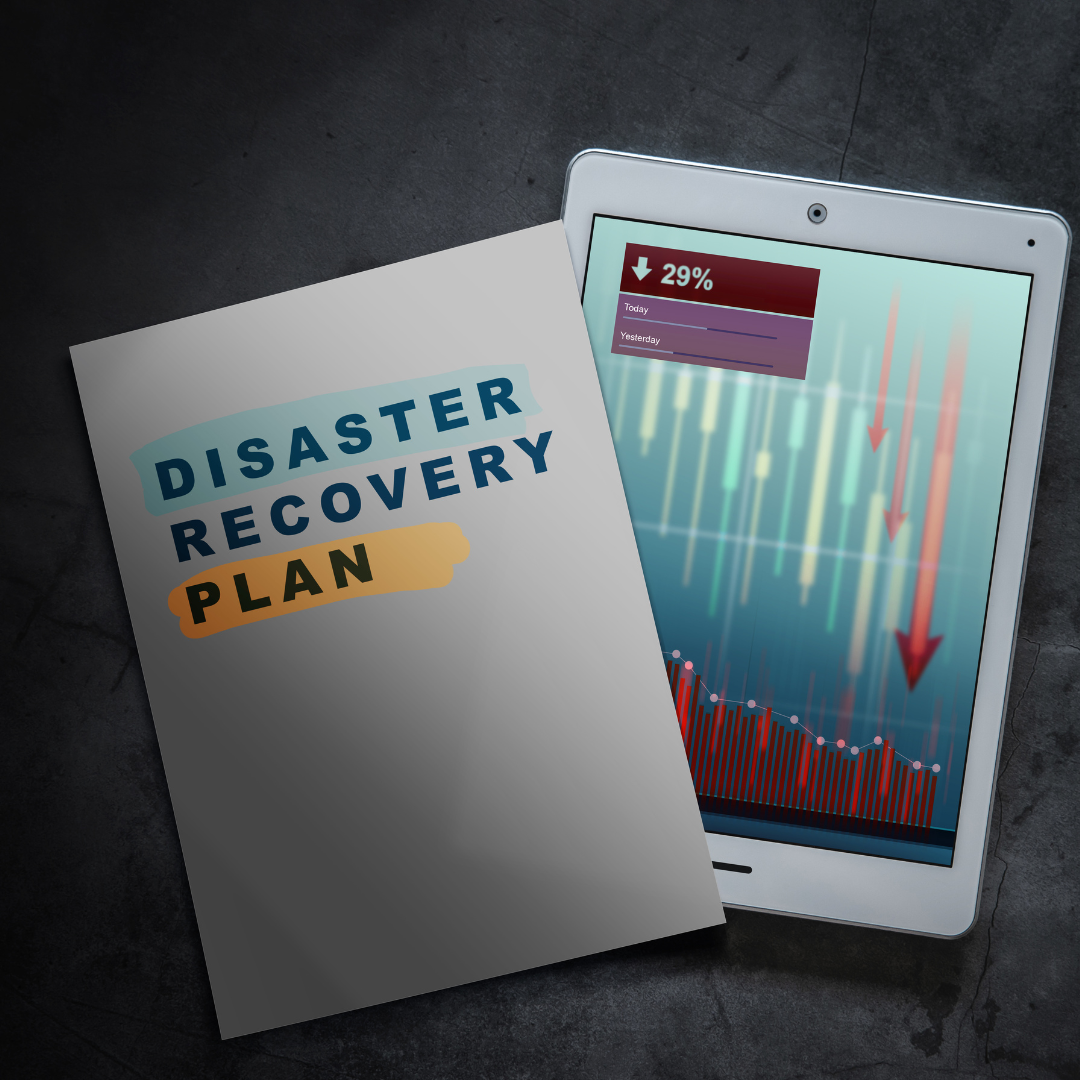What Is A Disaster Recovery Plan?
Embarking on the Journey: Understanding the Importance of a Disaster Recovery Plan
In an increasingly connected world, businesses must be prepared for a multitude of situations that disrupt normal workflow. One key proactive measure is the development of a disaster recovery plan (DRP). This guide will shed light on what entails a disaster recovery plan, its importance, inherent benefits, and step-by-step instruction on creating one for your organization.
What is a Disaster Recovery Plan?
A Disaster Recovery Plan (DRP) refers to a detailed set of protocols initiated in response to unforeseen incidents that disrupt normal business functioning. The prime objectives of a DRP are to mitigate the downtime, ensure smooth continuity, and protect critical business data.
Types of Disasters
Your business should stay prepared for a range of emergencies, including:
- Natural Disasters – These constitute events like Tornadoes, floods, and earthquakes leading to severe physical impairment of the infrastructure and can hinder business operations.
- Physical Disasters – Incidents like fire outbreaks, accidents resulting in significant damage to the property or equipment fall into this category.
- Technology-Based Disasters – They consist of cybersecurity attacks, hardware damage, data loss, software failure, and other technological issues eroding business operation continuity.
Each of these disasters requires a unique approach, and your DRP should ideally cater to all such situations.
Why Your Business Needs a DRP
In this digital age, any data loss can spell doom for businesses. To avoid this, a disaster recovery plan comes to your rescue by ensuring quick recovery, reducing the extent of loss, and maintaining customer trust.
Benefits of a Disaster Recovery Plan
A well-crafted DRP can proffer immense benefits, including:
- Reduces Downtime – Quick recovery following a disaster leads to minimal disruption of business operations.
- Preserves Reputation – Businesses that demonstrate an ability to continue seamlessly post-disaster retain higher customer trust, preserving their reputation.
- Safeguards Data – Essential data gets the necessary protection from loss or corruption, aiding in its quick recovery during emergencies.
Steps to Include in Every DRP
A comprehensive DRP unfolds through several crucial steps:
- Risk Assessment – It involves identifying the potential risks your business might encounter and the impact of these risks on your business operations.
- Prioritize Assets – This process determines the critical business functions and systems that need immediate attention during a crisis.
- Develop Recovery Strategies – These are the tailor-made methods to restore the most important functions and systems.
- Create a Plan – This is the physical document outlining the recovery process, including roles and responsibilities for all team members.
- Plan Testing – Regular testing is crucial to understand the efficacy of the plan, highlighting gaps and areas for improvement.
Disaster Recovery vs Business Continuity
While “Disaster Recovery” and “Business Continuity” are often used interchangeably, they signify different aspects of dealing with a crisis. DR focuses on the reinstatement of operations post-emergencies, whereas business continuity is the process of ensuring the critical functions continue during a disaster.
Contact DNSnetworks for Comprehensive Cybersecurity and Disaster Recovery Planning Solutions
Preparing for a disaster might seem overwhelming, but the peace of mind, smooth operation, and customer trust preserved by a solid disaster recovery plan are worth the effort. DNSnetworks is a trusted cybersecurity services provider in Ottawa and experts when it comes to disaster recovery planning, providing comprehensive solutions to bolster your organization’s resilience in the face of potential catastrophes. Embrace robust and effective disaster management with DNSnetworks managed IT services in Ottawa and pave the way for seamless business operations, no matter the circumstance.

